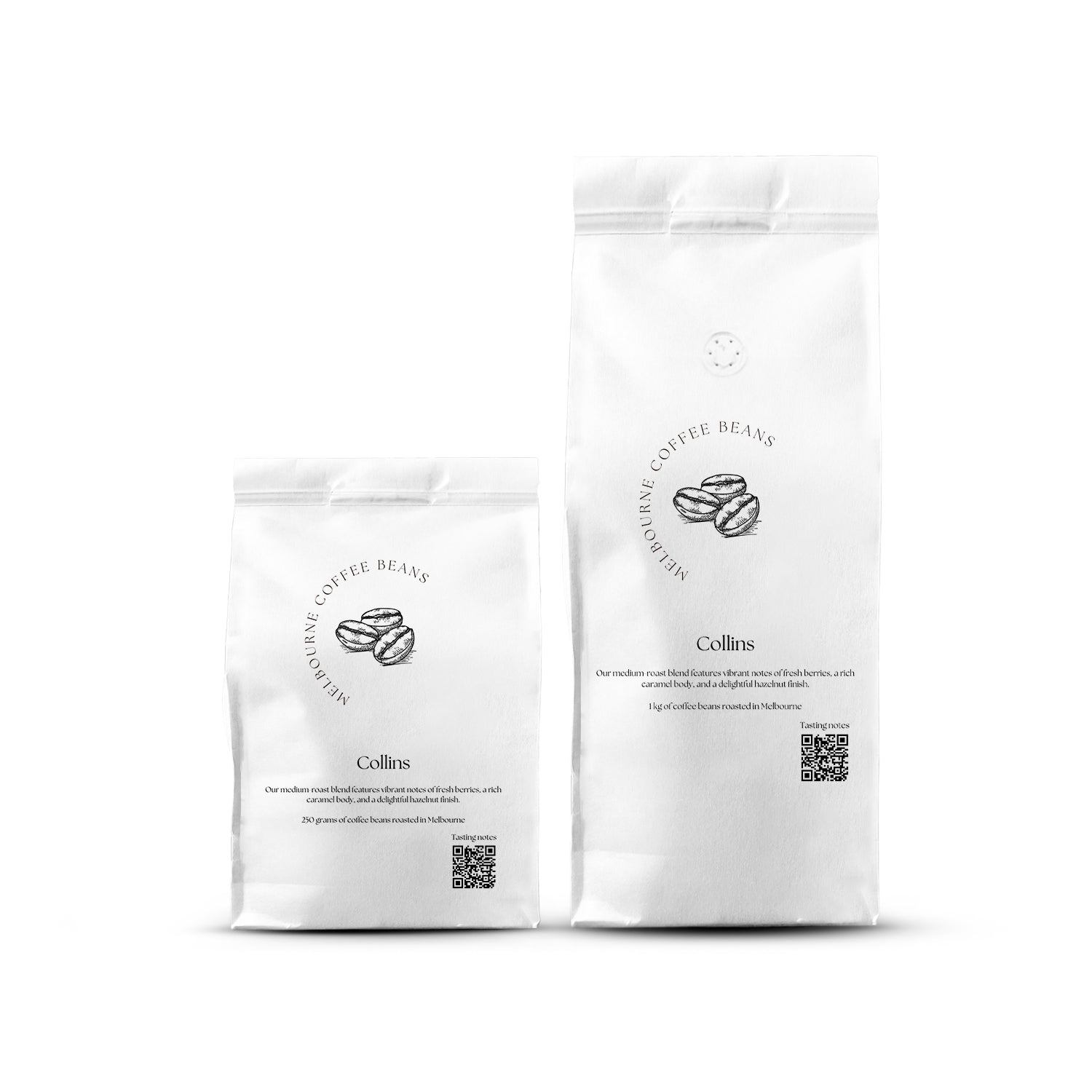If you’re a coffee lover, you’ve probably heard about Arabica coffee beans. Known for their mild taste and complex flavours, Arabica beans are a favourite among coffee enthusiasts. But there’s more to these beans than just their delightful aroma and taste.
Let's explore some fascinating facts about the ever-famous Arabica bean that'll make your next cup of coffee even more special.
Key Takeaways
- Arabica coffee beans originated in Ethiopia and are different from Robusta beans.
- They make up over 60% of the world's coffee production.
- An Arabica coffee plant thrives at high altitudes and has a milder taste than Robusta.
1. Arabica Coffee Originated in Ethiopia, Not Arabia
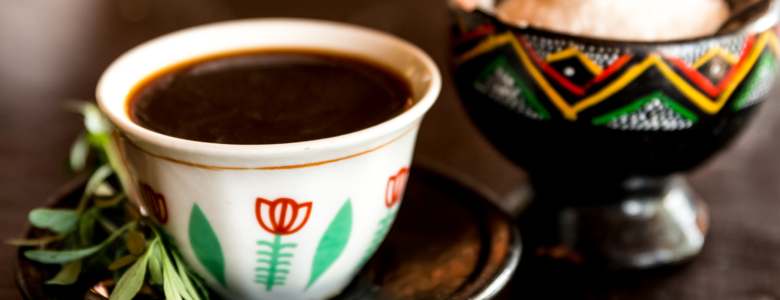
Despite its name, Arabica coffee beans aren't from Arabia at all! The Coffea arabica plant actually hails from the lush, subtropical climates of Ethiopia.
This coffee tree species evolved naturally in the Ethiopian highlands, where it grew wild for centuries. The indigenous people of Ethiopia were the first to recognise and cultivate these magical beans long before they spread to other parts of the world.
The name "Arabica" is a bit of a misnomer, given to the beans much later due to their popularity in lower Arabia.
2. Arabica Beans Make Up Over 60% of World Coffee Production
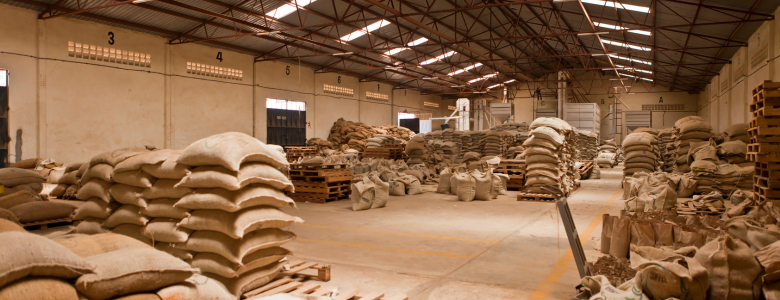
When it comes to the world's coffee production, Arabica coffee beans are the clear winner, accounting for more than 60% of all coffee grown globally. This dominance is due to the widespread cultivation of Arabica in major coffee-producing regions. South America, particularly Brazil and Colombia, leads the charge, producing massive quantities of Arabica.
Other significant contributors include countries in Central America, Africa (especially Ethiopia and Kenya), and parts of Asia like Indonesia and India. The popularity of Arabica in these diverse regions, each with its unique terroir, contributes to the wide variety of flavours found in Arabica coffee.
3. Arabica Coffee Plants Thrive at High Altitudes, Unlike Most Crops
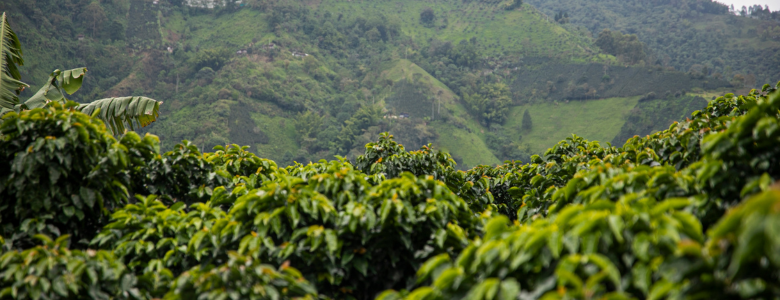
Here's a ripper fact: Arabica coffee grows best at higher altitudes. While most crops prefer lower elevations, Arabica coffee plants are happiest at altitudes between 1,000 to 2,000 meters above sea level.
These higher elevations often mean cooler temperatures and well-draining soil, which are perfect for producing top-notch Arabica beans. The low temperatures at these heights slow the growth of the coffee cherries, allowing more time for complex flavours to develop.
In contrast, Robusta plants, the other major species of coffee (Coffea canephora plant), are more adaptable and can grow at lower altitudes. This is one of the key differences in the Arabica vs Robusta debate.
4. Arabica Contains Less Caffeine Than Robusta Beans
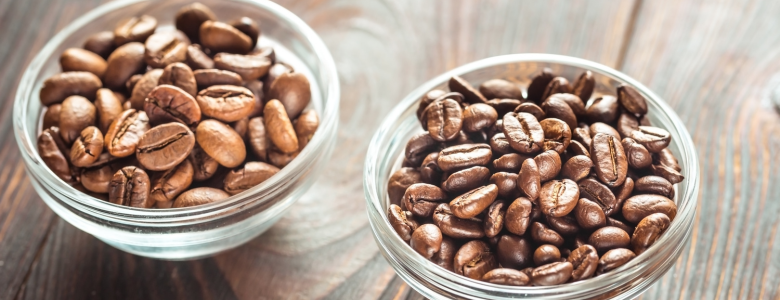
Surprisingly, Arabica coffee beans contain less caffeine than their Robusta counterparts. In fact, Robusta coffee beans have nearly twice the amount of caffeine!
This difference is due to the evolutionary history of the plants. Arabica evolved at higher elevations where there were fewer pests, so it didn't need to produce as much caffeine (a natural insecticide) for protection. Robusta, growing at lower altitudes, needed more caffeine to ward off insects.
This lower caffeine content contributes to Arabica's smoother, less bitter taste. It's one of the reasons why Arabica is often considered the best coffee for newly-opened cafes or for those who prefer a milder brew, whether as ground coffee or in espresso blends.
5. Arabica Coffee Has Over 800 Flavour Compounds

Talk about a flavour explosion! Arabica coffee boasts over 800 flavour compounds, which is more than twice the number found in wine. These compounds include various acids, alcohols, aldehydes, and other organic molecules that contribute to the coffee's complex taste and aroma.
For instance, chlorogenic acids provide bitterness and astringency, while trigonelline contributes to the roasted flavour. Sulfur-containing compounds add depth, while various aldehydes create fruity and floral notes. This incredible diversity is why coffee lovers can detect notes of chocolate, caramel, fruit, and even floral hints in their cup of Arabica.
6. Most Farmed Arabica Bushes Come From a Single Plant
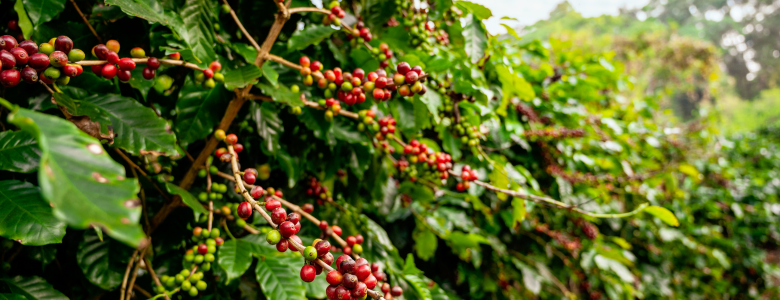
Here's a mind-boggling fact: most of the world's cultivated Arabica coffee plants can be traced back to a single plant taken from Ethiopia to Indonesia in the 17th century.
This narrow genetic base is due to the self-pollinating nature of Arabica plants and the limited number of specimens initially transported out of Ethiopia. From Indonesia, cuttings and seeds were then distributed to other parts of the world, including South America and the Caribbean.
This lack of genetic diversity makes Arabica more susceptible to pests and diseases, which is a concern for coffee farmers worldwide.
7. Arab Scholars First Cultivated Arabica Coffee in the 12th Century
The history of Arabica coffee cultivation outside Ethiopia is rich and fascinating. Arab scholars were the first to systematically cultivate Coffea arabica plants outside of Ethiopia, starting in the 12th century. They quickly realised the potential of these magical beans, particularly their stimulating effects, which aligned well with their long hours of study and prayer.
The Arabs developed methods to roast and brew the beans, creating the drink we now recognise as coffee. They began spreading coffee cultivation throughout the Arabian Peninsula, establishing the first coffee houses and trading routes. It's thanks to their efforts that we can enjoy our daily brew today!
8. Arabica Plants Are More Susceptible to Pests Than Robusta
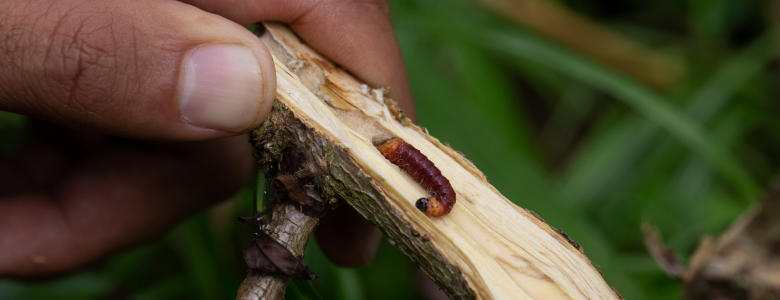
While Arabica beans are celebrated for their superior taste, the Coffea arabica plant is more delicate than its Robusta cousin. Arabica plants are more susceptible to pests and diseases for several reasons.
Firstly, their lower caffeine content provides less natural protection against insects.
Secondly, their narrower genetic base means less overall resistance to pathogens.
Lastly, the cooler, more humid conditions at higher elevations where Arabica thrives can also promote the growth of fungi like coffee leaf rust. This vulnerability is one reason why Robusta plants are sometimes preferred in certain regions, despite their stronger, more bitter taste.
9. Arabica Beans Can Be Processed in Three Different Ways
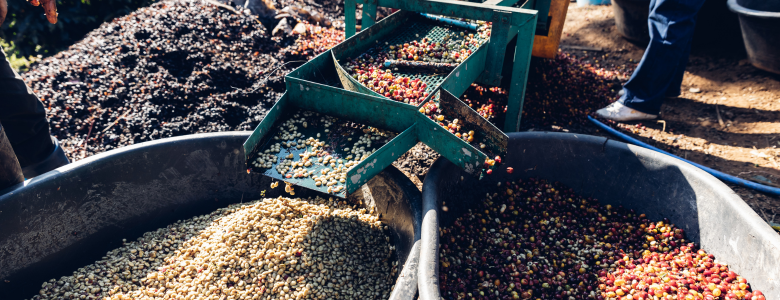
When it comes to processing, Arabica beans are versatile little blighters. They can be processed using three main methods: washed, natural, and honey. Each method affects the final flavour profile of the coffee:
- Washed: Also known as the wet process, this method removes the cherry flesh before drying the beans. It produces a clean, bright cup with higher acidity and a lighter body.
- Natural: In this method, the whole cherries are dried with the beans inside. It results in a fuller body with fruity notes and a slightly fermented flavour.
- Honey: This method is a balance between washed and natural. Some of the cherry flesh is left on during drying, offering a sweet and complex flavour with a balanced acidity.
10. There Are Dozens of Arabica Varieties, Each With Unique Flavours
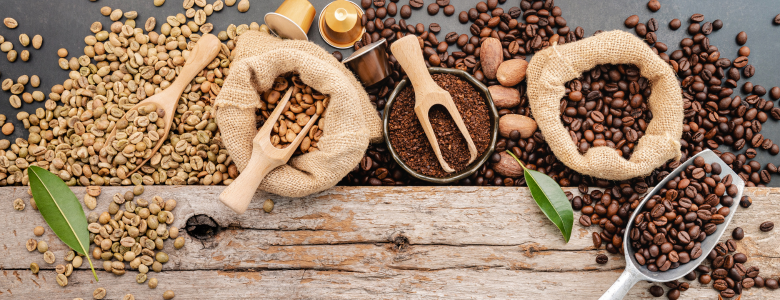
Arabica coffee isn't just one type of bean - there are dozens of varieties, each with its own unique flavour profile. Here are some of the most common:
- Typica: One of the oldest varieties, known for its sweet, clean taste with notes of chocolate and high acidity. It's often used in high-quality blends.
- Bourbon: Offers a balanced cup with a sweet taste and slight fruit overtones. It's popular in espresso blends.
- Caturra: A mutation of Bourbon, it produces a bright coffee with high acidity and low-to-medium body. It's often used in Central American coffees.
- Gesha/Geisha: Known for its tea-like body, distinct bergamot, and jasmine notes. It's highly regarded and often used for specialty single-origin coffees.
These different beans offer a wide range of tastes, from nutty and chocolatey to floral and fruity, making Arabica a favourite among coffee connoisseurs and everyday drinkers.
Summary
Arabica coffee beans are a true wonder of the coffee world. From their Ethiopian origins to their complex notes, these beans have captivated coffee lovers around the globe. Understanding the unique characteristics of Arabica - its high-altitude growth, lower caffeine content, and susceptibility to pests - gives us a deeper appreciation for every brewed cup.
So next time you're buying coffee, remember the rich history and surprising facts behind those Arabica beans!
Frequently Asked Questions
Which is better, Arabica or Robusta?
While it's a matter of personal preference, Arabica is generally considered superior due to its smoother, more complex flavour profile. Robusta coffee beans, on the other hand, offer a stronger, more bitter taste with higher caffeine content. Many coffee blends combine both to balance taste and caffeine levels.
What is so special about Arabica coffee?
Arabica coffee is renowned for its smooth, well-balanced taste with low bitterness and acidity. It boasts a complex flavour profile with over 800 flavour compounds, offering notes of chocolate, fruit, and caramel. Arabica also grows at higher elevations, which contributes to its unique characteristics.
Which coffee beans are Arabica?
Arabica beans from the Coffea arabica plant are typically larger and more oval-shaped than Robusta coffee beans. Popular Arabica varieties include Typica, Bourbon, Caturra, and Geisha. You'll find Arabica beans in most specialty coffee shops and high-quality coffee blends.
What is the difference between Arabica coffee and regular coffee?
When people refer to "regular coffee," they often mean a blend of different coffee types or instant coffee, which can include both Arabica and Robusta beans. Pure Arabica coffee is known for its smoother, more nuanced taste than a blend or a heavy Robusta coffee. It typically has less caffeine and bitterness than coffee from pure Robusta beans.
